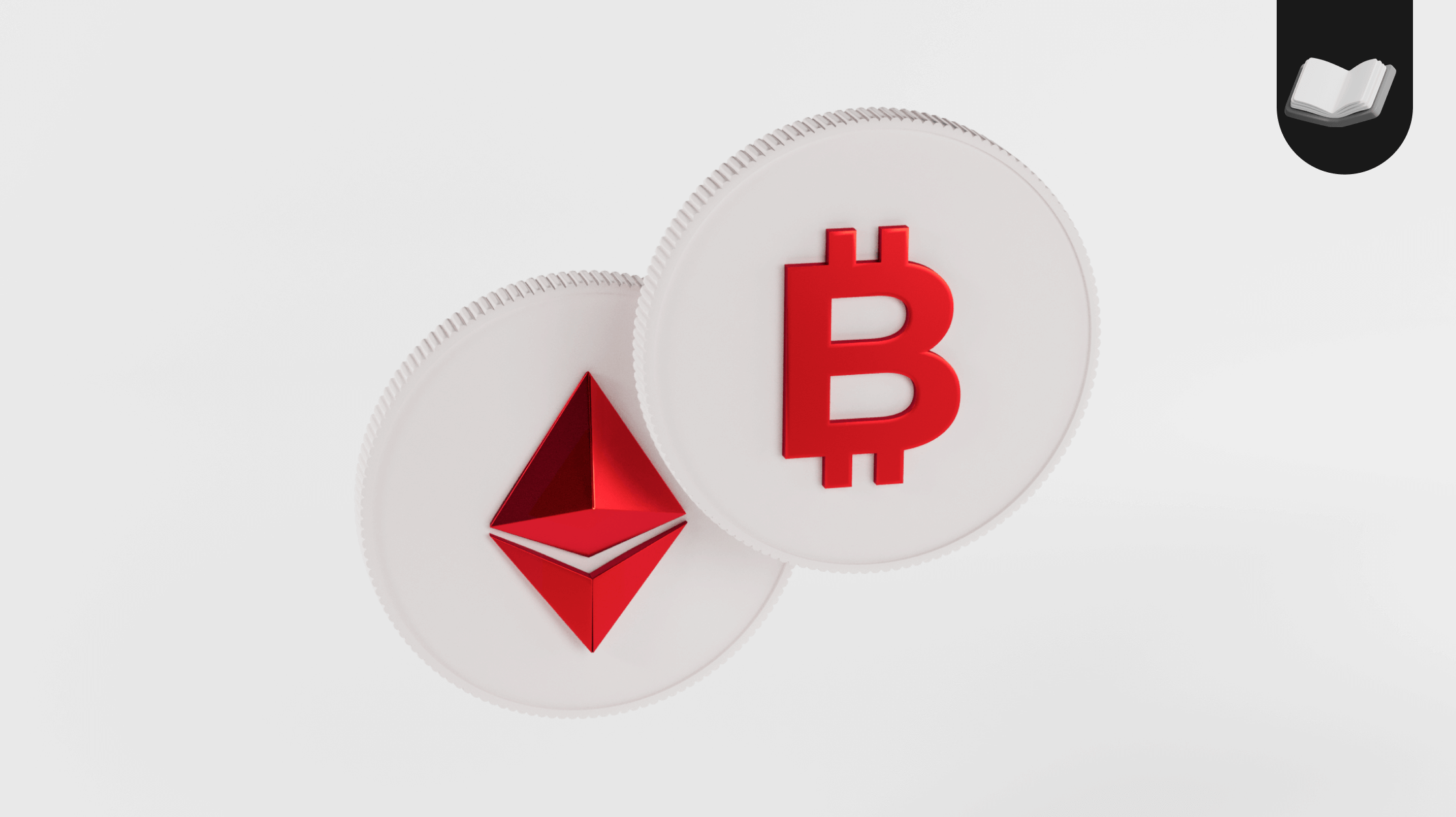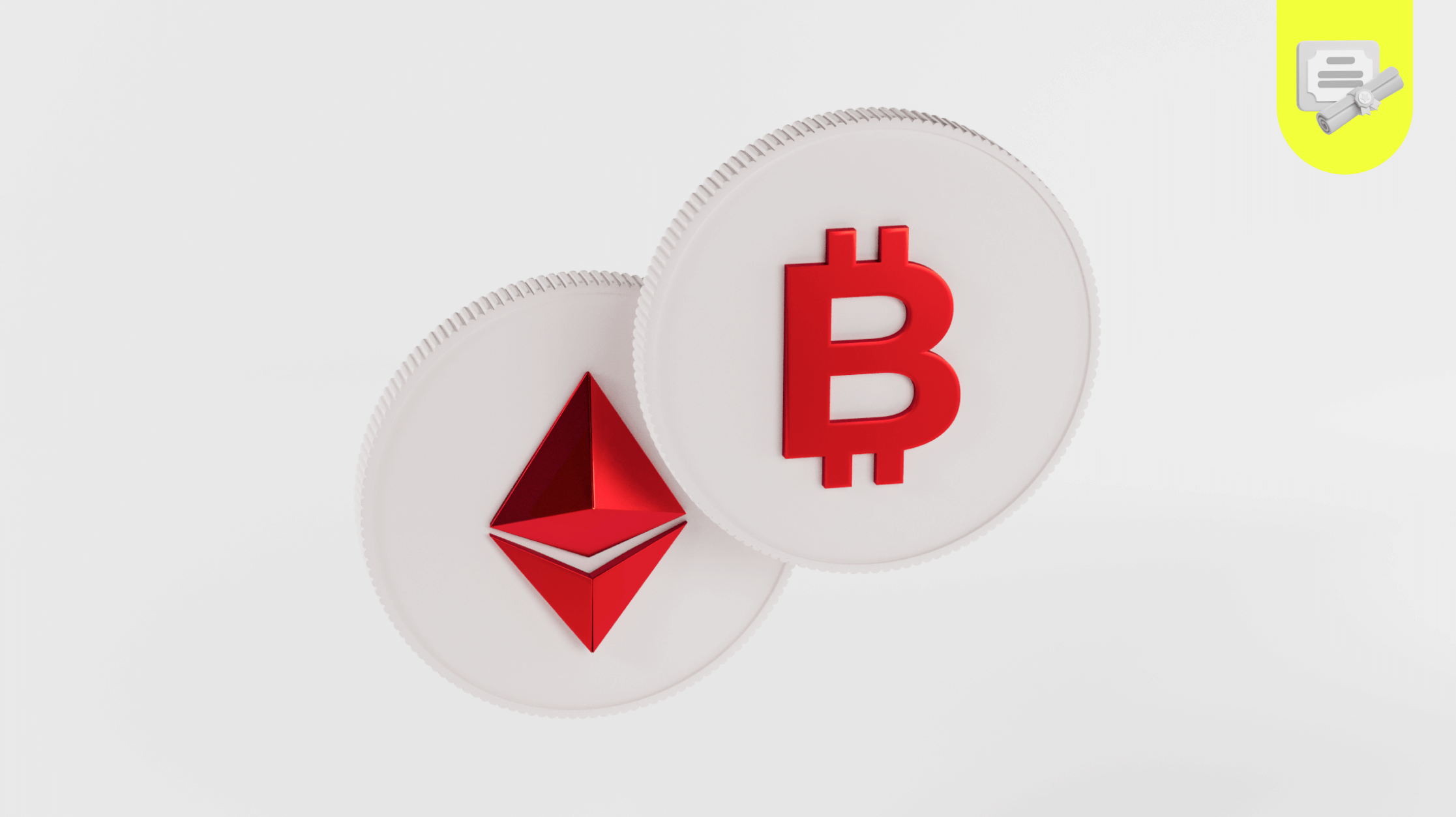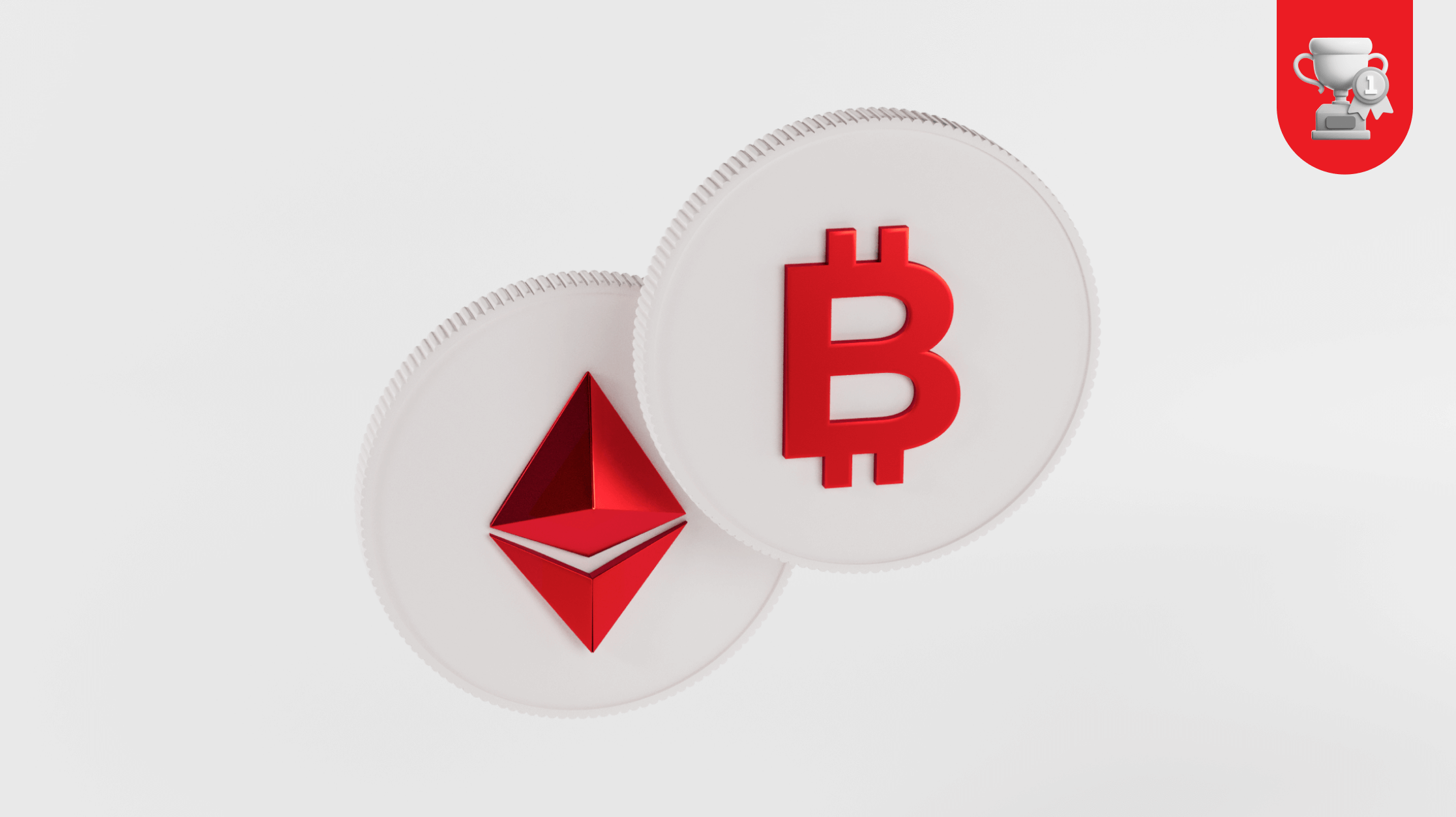Understanding Cryptocurrency Trading: A Beginner’s Guide

Cryptocurrencies have gone from a fringe tech experiment to one of the most talked-about financial markets in the world. Whether it’s Bitcoin making headlines, Ethereum powering smart contracts, or meme coins exploding overnight, the crypto market is full of both excitement and opportunity.
But before we set out to explore more, it’s crucial to understand how crypto trading works, what makes it different, and how you can get started safely and strategically.
This guide will walk you through the core principles of cryptocurrency trading, step by step, in a way that’s clear and practical.
Table of Contents
What Is Cryptocurrency Trading?
Why Trade Crypto?
How Crypto Markets Work
Key Terms You Need to Know
Popular Cryptocurrencies to Trade
Crypto CFD vs. Traditional Crypto Buying
How to Start Trading Crypto
Technical vs. Fundamental Analysis
When to Trade Crypto
Common Mistakes to Avoid
Key Takeaways
What Is Cryptocurrency Trading?
Cryptocurrency trading is the act of buying and selling digital currencies in order to profit from price changes. Unlike traditional stocks, cryptocurrencies are decentralized, meaning they aren’t tied to a central government or bank.
You can trade crypto through exchanges, CFD brokers, or even peer-to-peer apps. The crypto markets never sleep, it trades 24/7, all over the globe.
Before jumping in, it helps to know why so many traders are drawn to this new asset class.
Why Trade Crypto?
Crypto trading appeals to a wide range of people for different reasons. Some are in it for long-term growth. Others thrive on volatility and fast price swings.
Here are a few reasons this market is popular:
24/7 Access: No opening bell or market close. Crypto never sleeps.
High Volatility: Prices can move fast, which means more opportunity (and risk).
Decentralization: Many see it as a hedge against inflation or currency risk.
As more people jump in, understanding how the market behaves becomes even more important.
How Crypto Markets Work
Crypto markets operate differently than traditional finance. There’s no central exchange like the NYSE. Instead, buyers and sellers connect through platforms known as cryptocurrency exchanges.
Prices are determined by supply and demand, but these can be influenced by things like:
News and Headlines: Regulation, hacks, ETF approvals, or celebrity tweets.
Network Developments: Upgrades or forks in the blockchain.
Adoption Trends: Payment integrations, NFT use cases, or DeFi expansions.
Now that you understand the market, let’s take a quick look at the types of cryptocurrencies you’ll likely encounter.
Key Terms You Need to Know
Before placing your first trade, here are a few words you’ll want to be familiar with:
Altcoin: Any crypto that isn’t Bitcoin.
Stablecoin: Pegged to traditional currencies (like USDT).
Leverage: Borrowing to increase trade size (e.g., 5x leverage).
Margin: The amount you must deposit to open a trade.
Long vs. Short: Buy if you think price will go up, short if down. um.
CFD: A trading instrument that mirrors the price of crypto.
Spread: The cost of entering a trade, the difference between buy/sell.
Now let’s talk about what it takes to actually get started.
Popular Cryptocurrencies to Trade
Here are a few coins that dominate the charts and headlines:
Crypto | Symbol | Use Case | Volatility |
Bitcoin | BTC | Digital store of value | High |
Ethereum | ETH | Smart contracts, DeFi | High |
Litecoin | LTC | Faster, lightweight version | Medium |
Ripple | XRP | Cross-border banking transfers | Medium |
Solana | SOL | Scalable apps and NFTs | High |
These cryptocurrencies aren’t just popular; they’re the heartbeat of the digital asset market.
By focusing on coins with high liquidity and strong narratives, traders can tap into consistent opportunities while staying aligned with what’s moving the broader crypto space.
Crypto CFD vs. Traditional Crypto Buying
Before diving deeper into crypto trading, it’s important to understand how CFD trading compares to the traditional way of buying and holding cryptocurrencies.
This quick comparison will help you decide which method suits your trading style best.
Feature | Crypto CFDs (via D Prime) | Traditional Crypto Buying |
Asset Ownership | You don’t own the crypto, just trade price movements | You own the actual coins or tokens |
Short Selling | ✅ Yes. Trade both rising and falling markets | ❌ No. Profits only if the price rises |
Leverage | ✅ Available. Trade larger positions with less capital | ❌ Not typically available |
Risk Management Tools | ✅ Built-in stop loss, take profit, and margin controls | ❌ Usually manual or unavailable |
Wallet Required | ❌ No wallet needed | ✅ Yes. Secure storage needed for assets |
Execution Speed | ✅ Fast, broker-based execution | ⏳ Slower due to blockchain confirmation |
Security Responsibility | ✅ Broker handles security | ❌ You’re responsible for protecting private keys |
Platform Use | ✅ Regulated broker platform (e.g., D Prime) | ❌ Often unregulated global exchanges |
Best For | Active traders focused on flexibility and market direction | Long-term holders and decentralization advocates |
With our crypto CFD offering, traders get flexibility, risk control, and fast execution, all without needing wallets or keys. It’s a smarter way to trade short-term crypto moves while staying protected in volatile conditions.
How to Start Trading Crypto
This is where many traders get stuck choosing the right place to begin. A lot of platforms offer crypto, but not all of them are built for active trading.
That’s why trading crypto through CFDs at D Prime is ideal:
No blockchain headaches
No wallets or seed phrases to manage
Go long or short, with built-in leverage
24/7 market access on a professional platform
How to Start:
Create your D Prime account
Choose crypto CFDs from the instrument list
Use a demo account to practice
Start small, learn fast, and apply what you see
Everything you need from charting tools to market analysis is ready when you are.
Technical vs. Fundamental Analysis
To trade with more confidence, you’ll want to analyze the market. Traders use two main methods:
Fundamental Analysis: Looks at the news, technology, and adoption of a project.
Technical Analysis: Focuses on chart patterns, key support/resistance levels and indicators like RSI and Moving Averages.
Most traders eventually learn to use both. Fundamentals explain why something moves. Technicals help decide when to enter or exit.
When to Trade Crypto
Crypto is available 24/7, but not all hours are equally active. Volatility and volume tend to spike during:
Overlaps between Asia and Europe sessions
U.S. market hours (especially during economic data releases)
Major crypto news drops (e.g., Fed statements, ETF approvals)
Be mindful of liquidity. Off-peak hours can cause slippage or strange price wicks.
Common Mistakes to Avoid
Crypto’s fast pace can make it easy to get emotional or overconfident. Here are a few things to avoid:
Trading on hype: Social media isn’t a strategy.
FOMO: Don’t chase pumps or panic on dumps.
Ignoring Risk: Use stop-losses when necessary.
Overleveraging: Don’t bet big on small accounts.
Skipping analysis: Trade plans beat gut feelings
Overtrading: Quality setups beat constant trades.
Mastering the basics helps you avoid expensive lessons later.
Key Takeaways
Crypto trading can be rewarding, but only if you treat it seriously. Understand the market and never risk more than you can afford to lose.
Use the right tools such as our platforms to access crypto CFDs and build a strategy that fits your style.
You don’t need to predict the future. You just need to be ready when the opportunity shows up.
When you’re ready to take the next step, check out our intermediate guide on reading the crypto market and finding smarter trades.
Disclaimer
This information contained in this blog is intended for general reference only and should not be construed as investment advice, a recommendation, an offer, or an invitation to buy or sell any financial instruments. It does not consider any specific recipient’s investment objectives or financial situation or particular needs and should not be regarded as personalized advice. Past performance references are not reliable indicators of future performance. D Prime and its affiliates make no representations or warranties about the accuracy or completeness of the information provided and accept no liability for any losses or damages resulting from its use or from any investments made based on it.
Do not rely on the above content to replace your independent judgment. You should consider the appropriateness of this information concerning your personal circumstances before making any investment decisions. The market is risky, and investments should be made with caution.
@2025 D Prime All Rights Reserved

